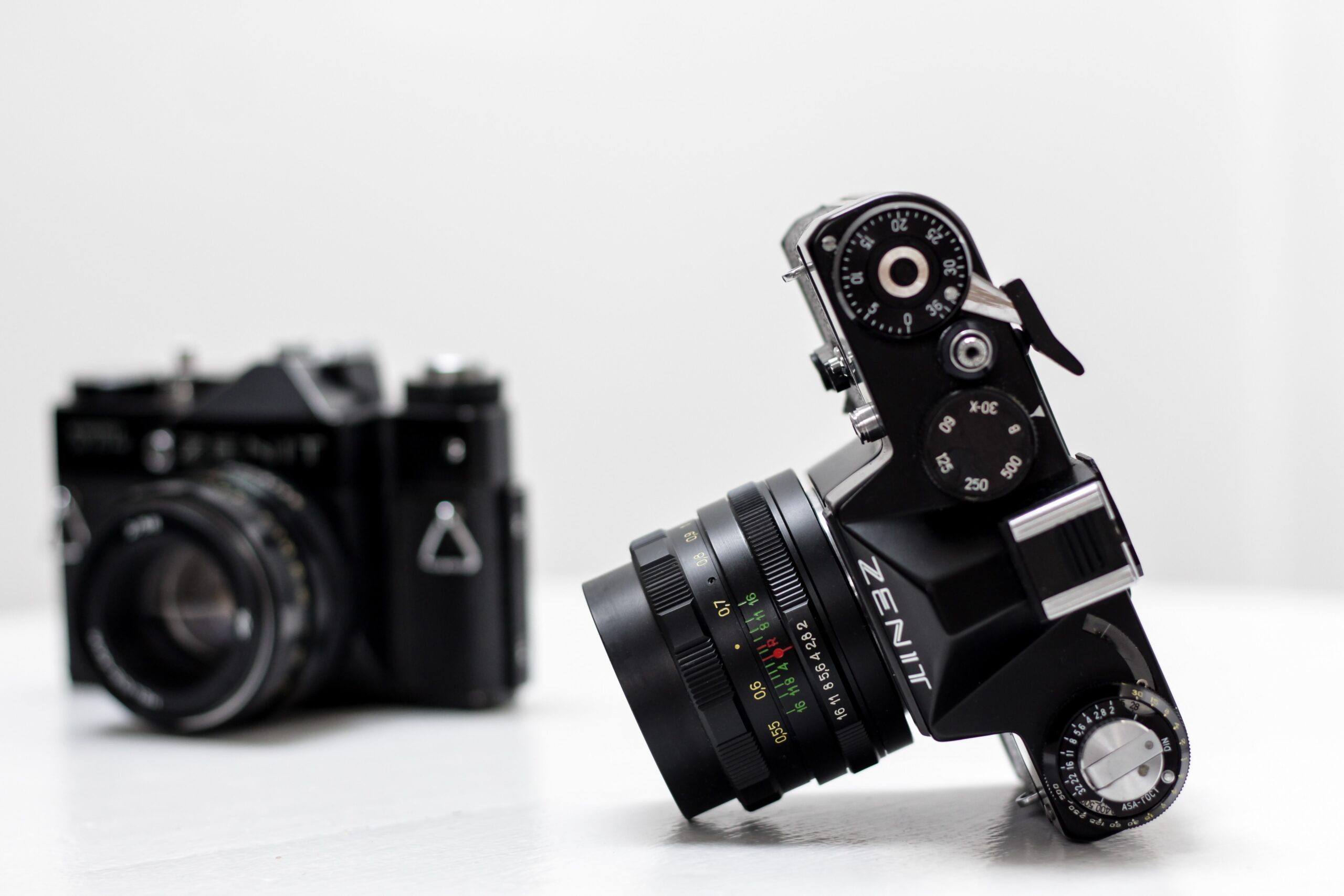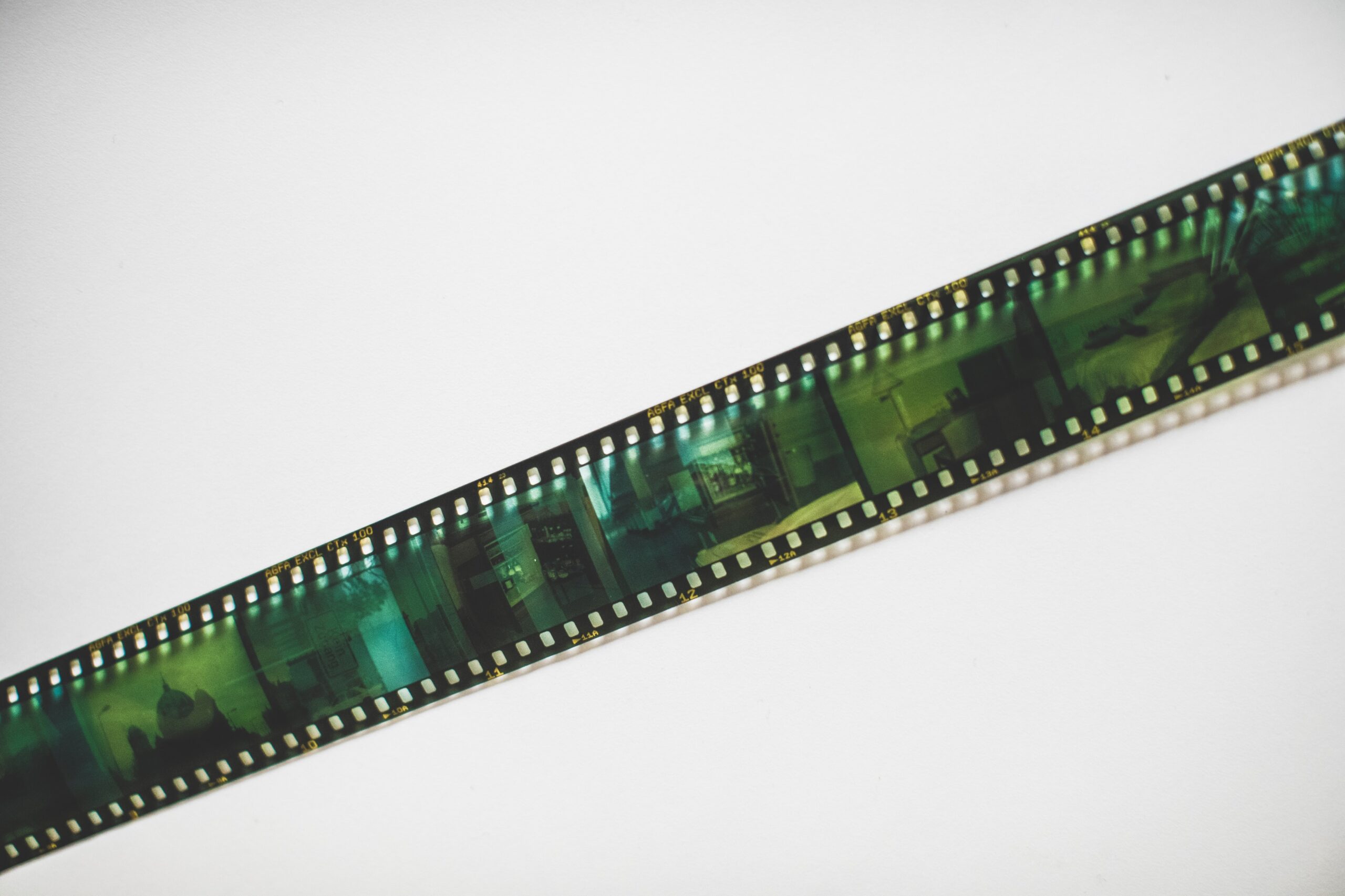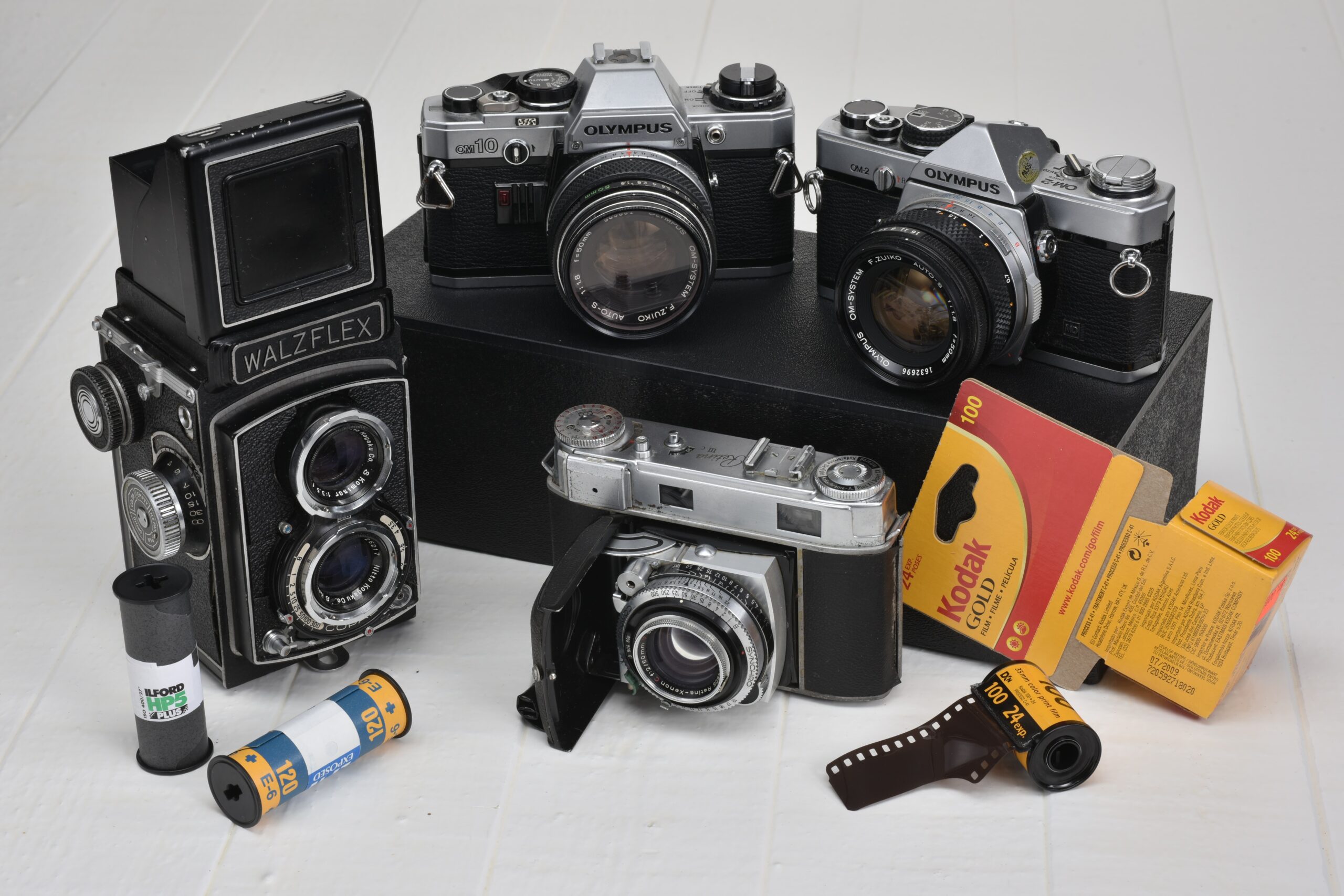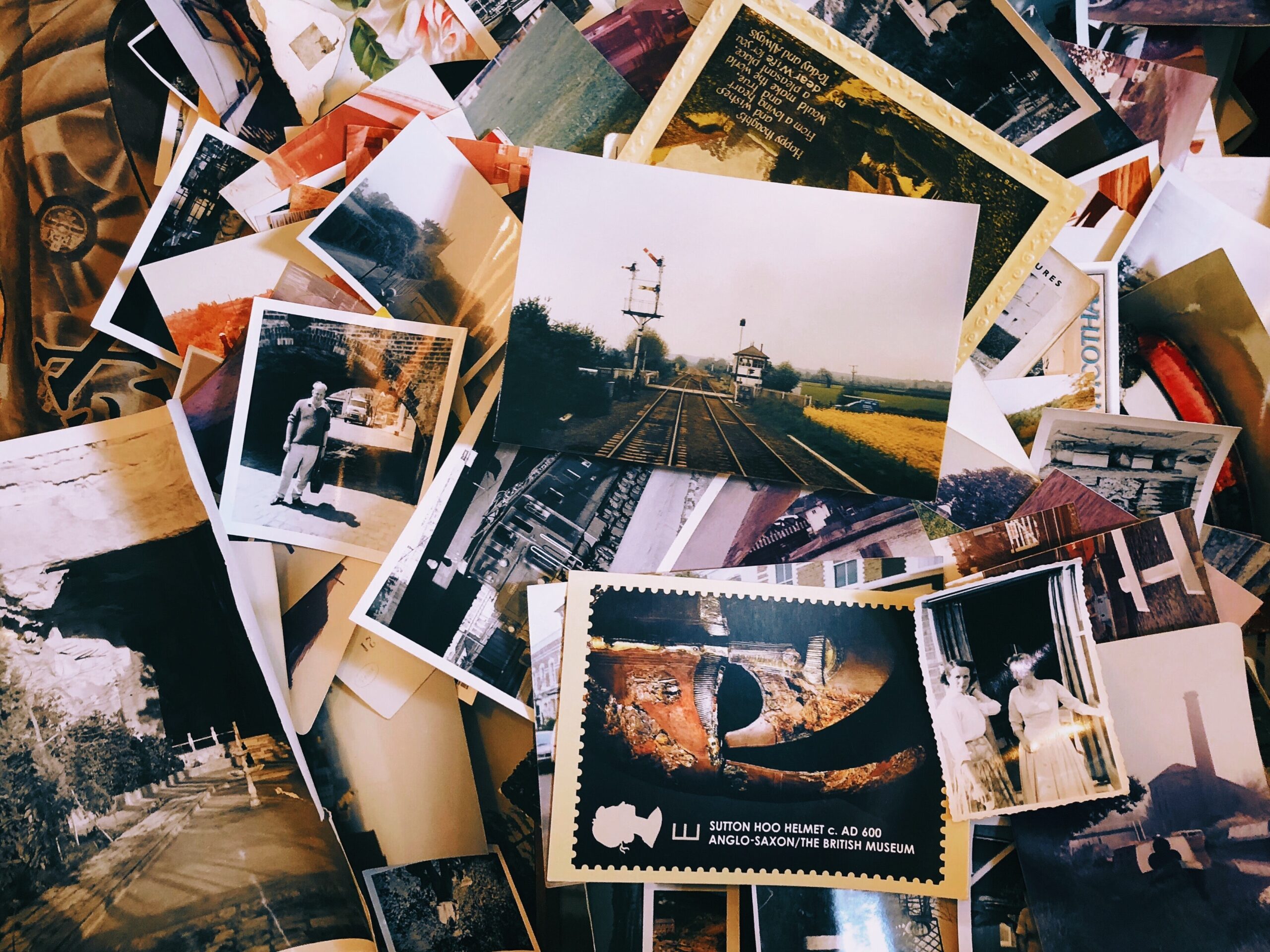Light streaks, soft filters, and archaic effects are some of the features of film photography that interest many people nowadays. Even before digital photography, films have made their way of capturing photos that made it through history books and now are coming back and growing popularity amongst consumers.
Before getting started with film photography, you must know what it is like in a bird’s eye view. If you happen to be interested in film photography and planning to try it out, these are some tips that can help you.
1. Know The Photography Elements
If you happen to have cameras and have been working with them in auto-setting, you might want to learn more about operating cameras manually. Film cameras require tedious efforts in customization.
If you are not familiar with the terms: ISO, Shutterspeed, and Aperture, then you are in the right place.
ISO is simply the setting that will lighten or brighten your photos. In shooting film, when you’re outside in bright daylight you might want to load your camera with an ISO of 100, 50, or 25. When shooting indoors and in lowlight conditions, ISO 400,800, and 1600 are recommended.
Shutter speed is basically how quickly your lenses open and close. When achieving the blurred effect on photos, opt for slower shutter speeds; and if you want to capture sharp photos of moving objects try setting to faster shutter speeds.
Lastly, the aperture is the amount of light that enters your image sensors, giving your photos a bokeh effect.

2. Films Are Not Cheap. Work At Your Own Pace.
Transitioning to film after using so many filters and post-processing requires more time getting used to. In digital photography, you have various options of applying filters, taking as much as you want, and customizing your cameras with the different options available.
In film photography, you have to be more cautious and be more creative as it only restricts you to several photos per film. Usually, 35mm cameras only have 36 photos, and you have to wait for them to become full before printing.
Remember, in film cameras, you cannot just set your ISO level anytime, unlike digital cameras, you have various options in balancing your desired image with ISO, Aperture, and Shutter speed.
The ISO setting of your picture relies on the film itself, that’s why film photographers carry more than one camera with them, and each is loaded with different ISO’s.
So, beginners have to be more cautious in finding the best angle, lighting, composition to make the most out of it. Invest time (not cameras) into finding your own aesthetic and style.

3. Know Your Camera
Film photography lists a myriad of options for choosing your camera, and that’s what makes this art form fun and exciting.
The market offers many variations, brands of cameras in different formats for you to choose from. You have Kodak’s point-and-shoots, the ever-so-popular Instax and Polaroid, Leica, Fujifilm, Pentax, Olympus, Nikon, Canon, and so much more!
You don’t need to get those expensive ones, because it doesn’t matter. What matters is your composition and how it makes you feel comfortable when using it.
Here’s a fair warning: Once you get your first film camera, don’t pressure yourself from getting a new one, or explore a different brand immediately. Take your time, discover what your camera can bring you, and learn as you go.
Just like the famous photographer Chase Jarvis once said, “the best camera is the one that’s with you.”

4. Ask Questions
Don’t ever stop yourself from asking questions!
Photography can sometimes get overwhelming in the process especially to beginners. Shake the shyness and ask some critics and questions because, in photography, you will learn so many things and adjust to them based on your style.
5. Enjoy Your Work
Enjoy as you get lost in the different photos you captured, and eventually see yourself through them. The goal here is to enjoy your journey and ignore your highly unrealistic expectations — because the simplest ones are always the most beautiful ones, and you would find yourself surprised more often.
In this highly digital-filtered era, film photography enables you to appreciate how valuable a photo is, and what story it conveys.
The best part of the film? It is those moments when you forget those pictures that you took until they were developed. It brings you a whole new nostalgia even though those pictures were taken just a few days back.



















